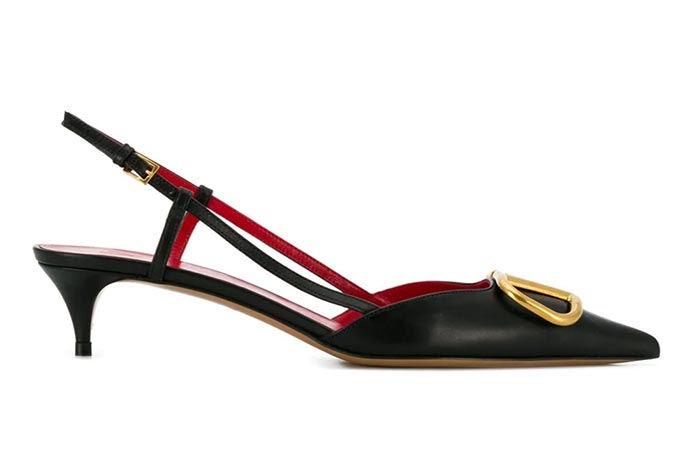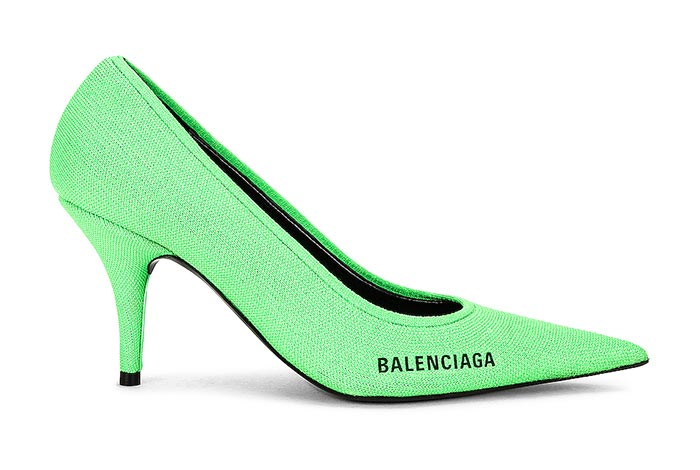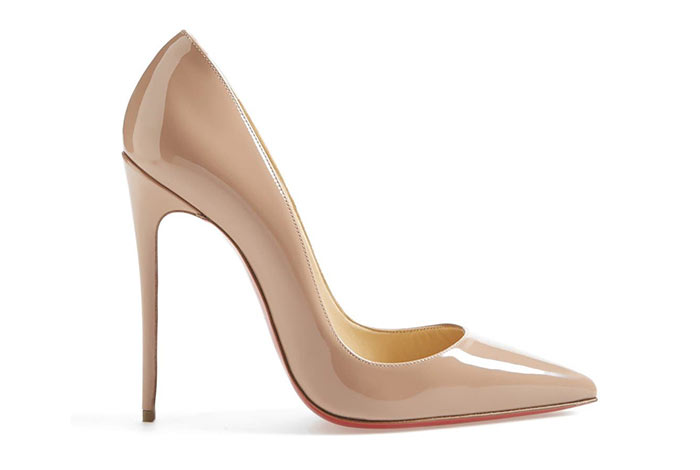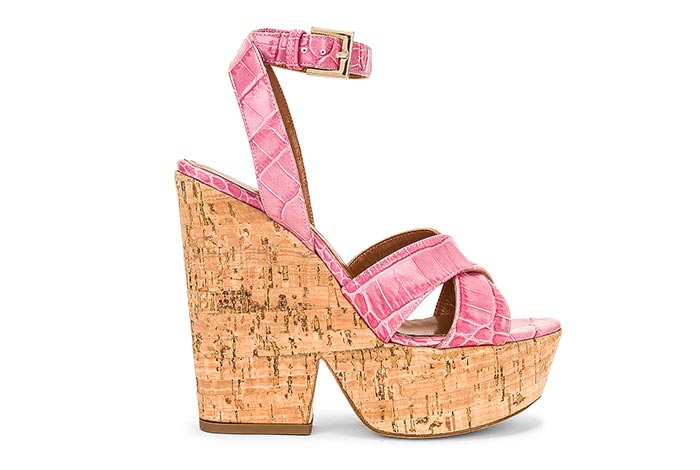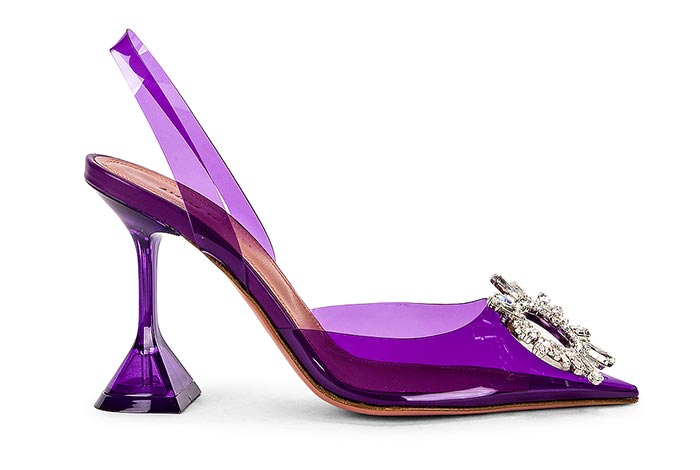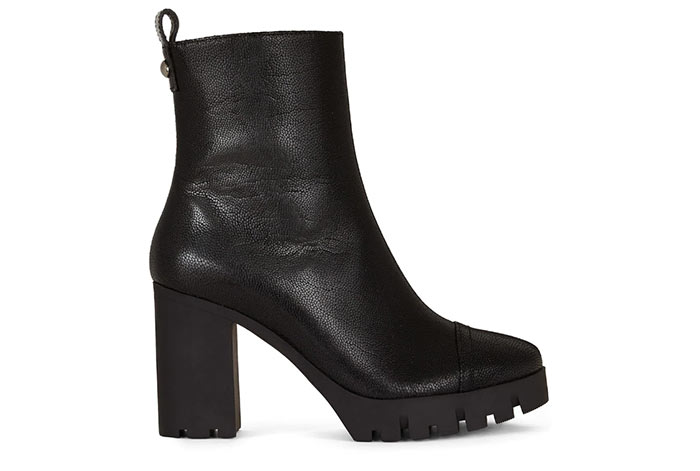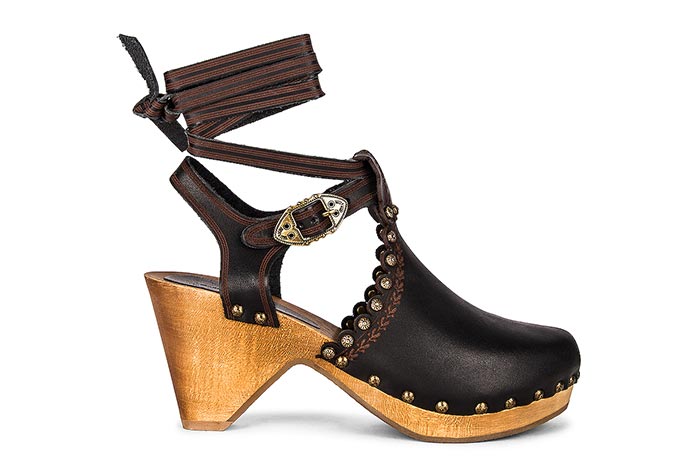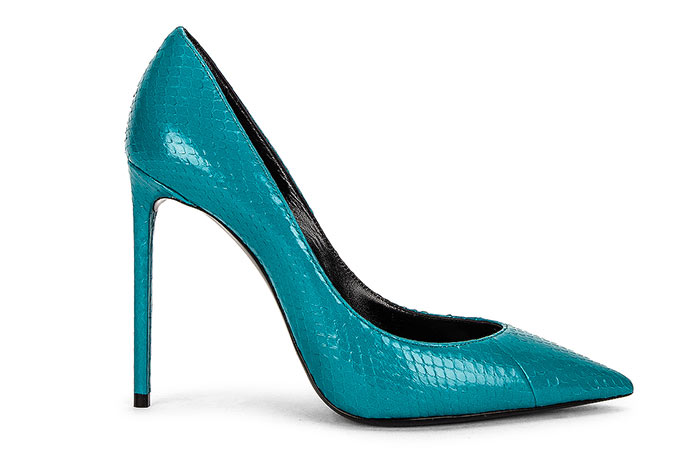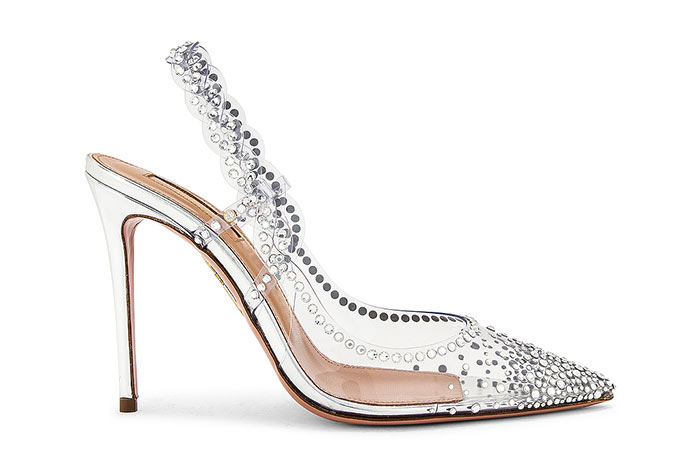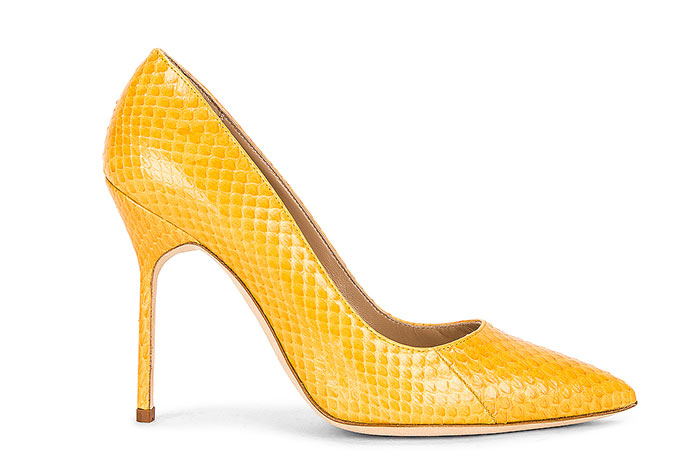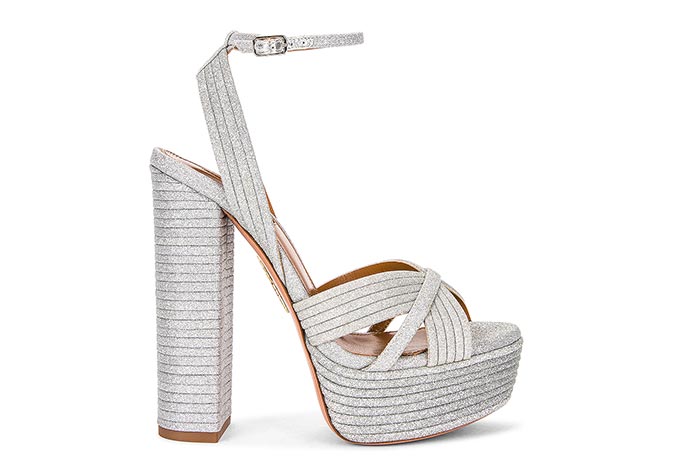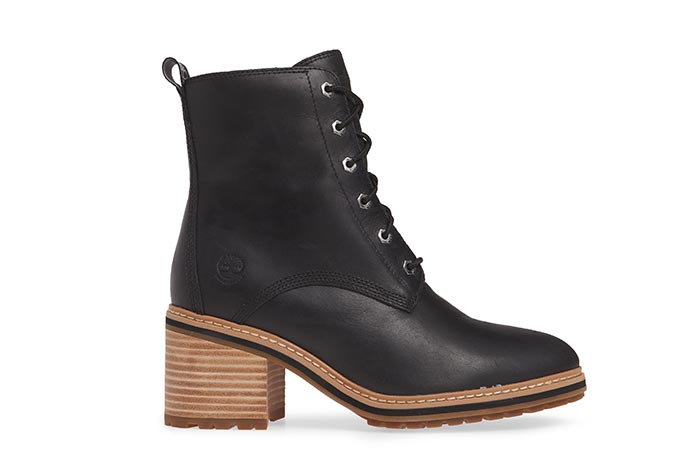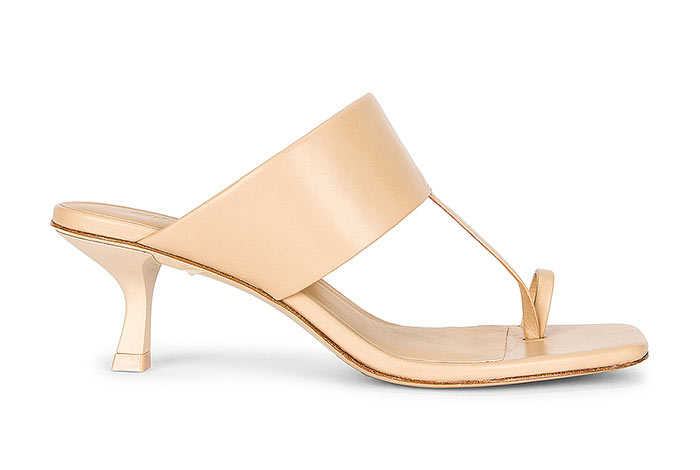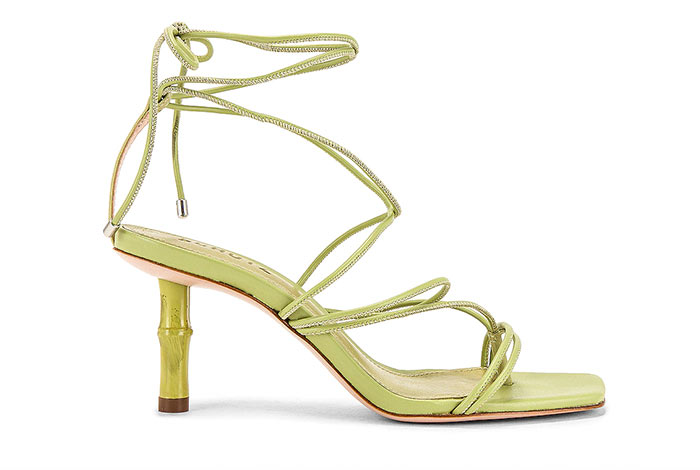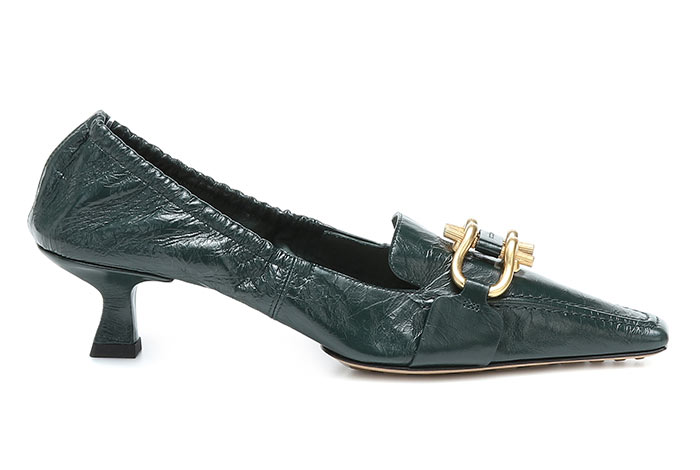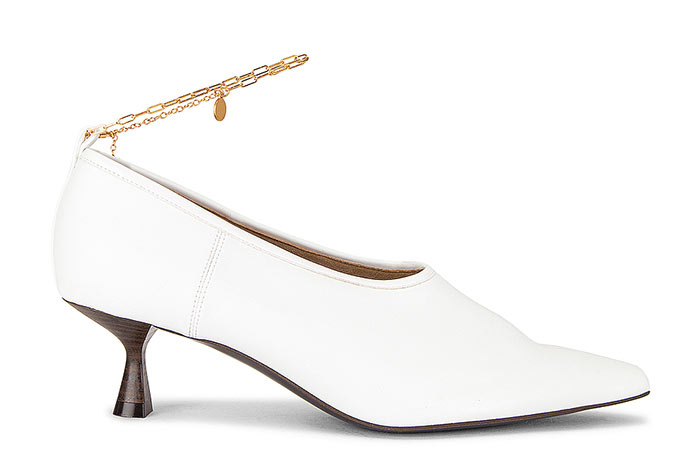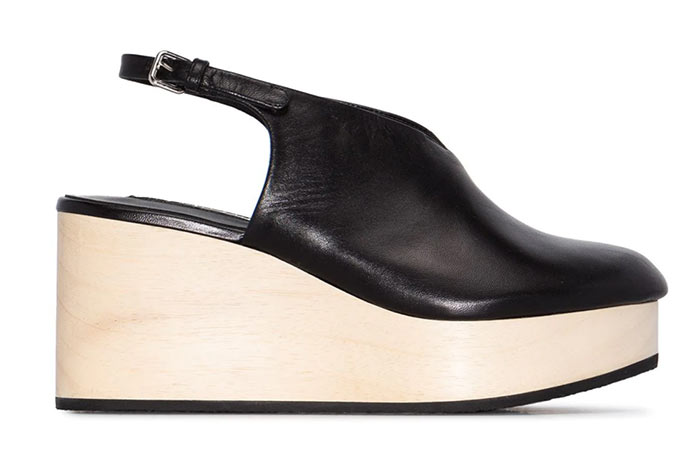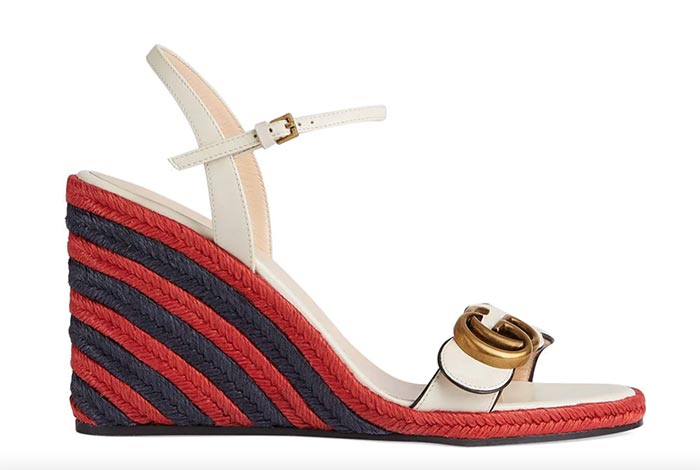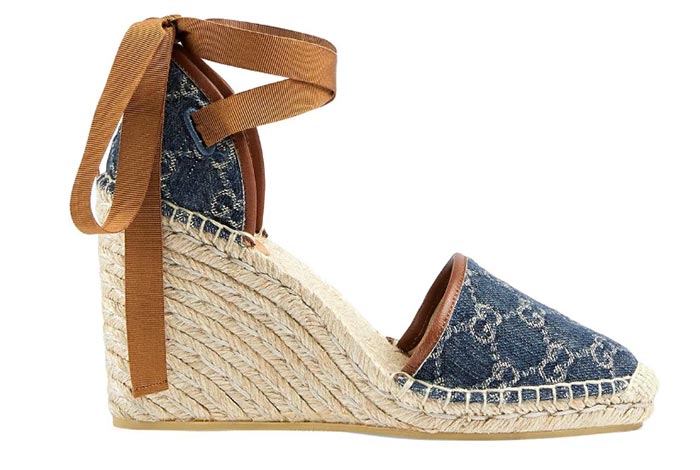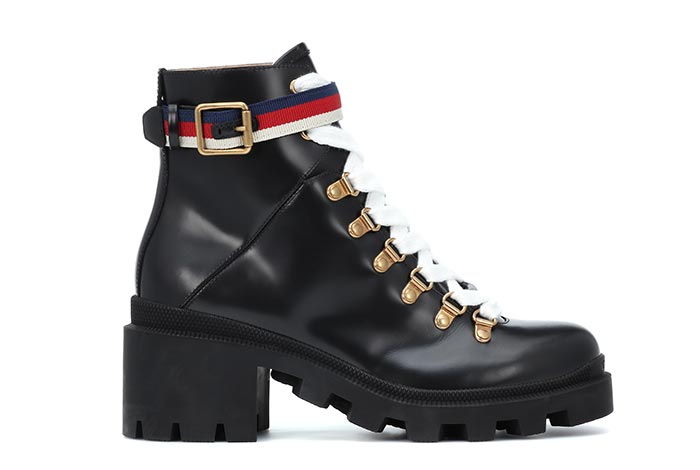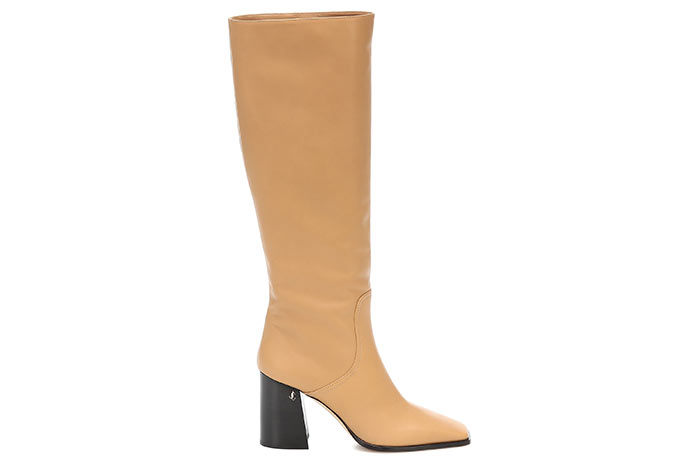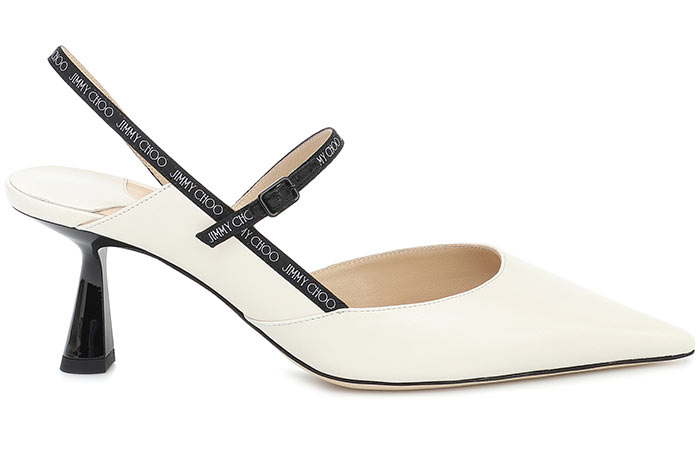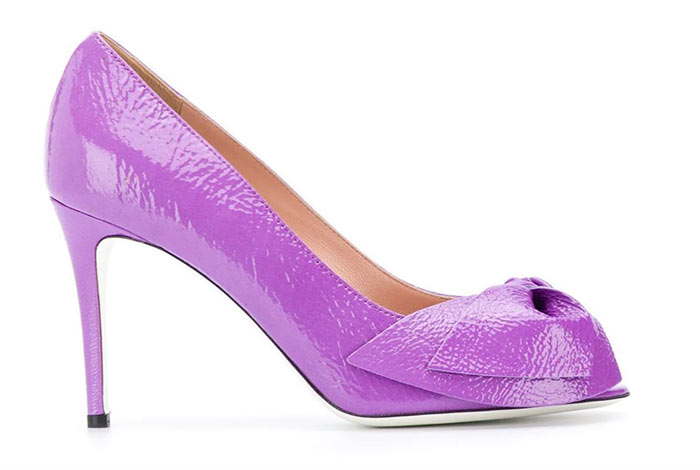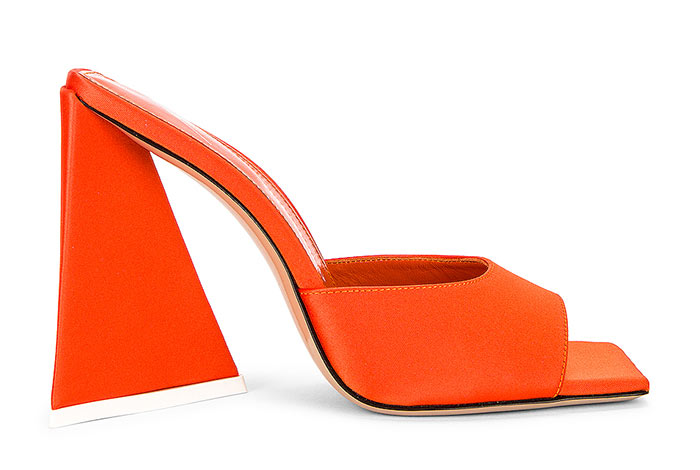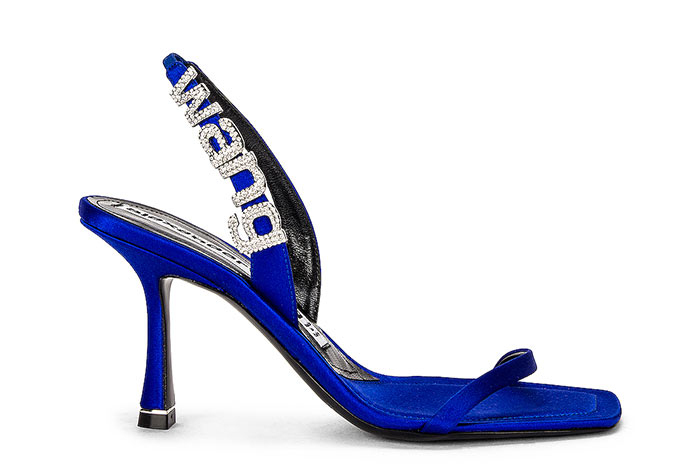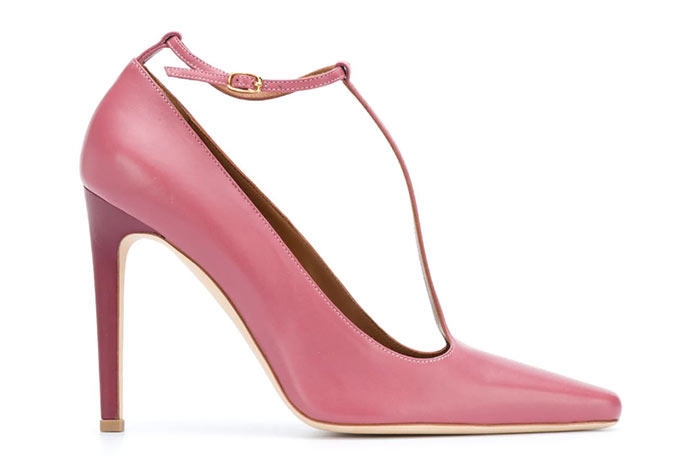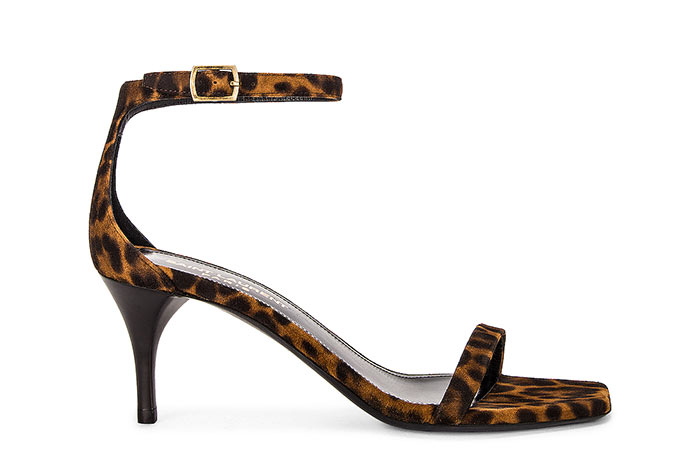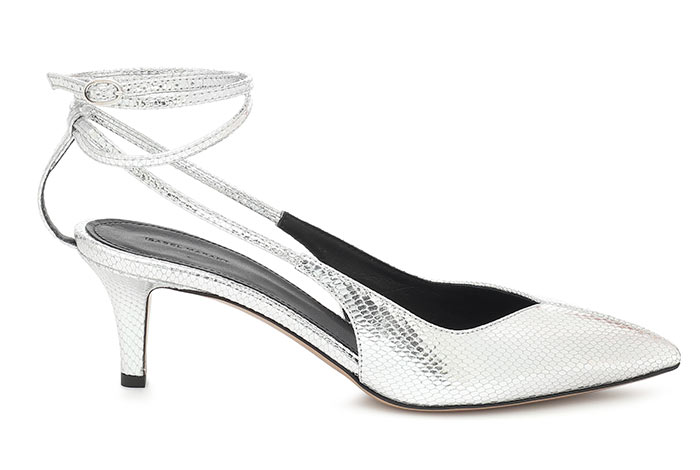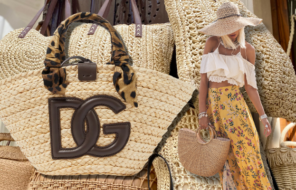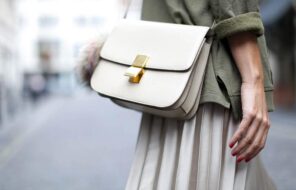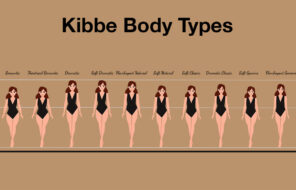Diamonds may be a girl’s best friend, but a good pair of high heels can completely revamp a woman’s outfit and even put a little pep in her step. But many people may not realize just how many types of high heels there are in the fashion world. While fashion has changed over the decades, classic styles like stilettos and pumps continue to endure.
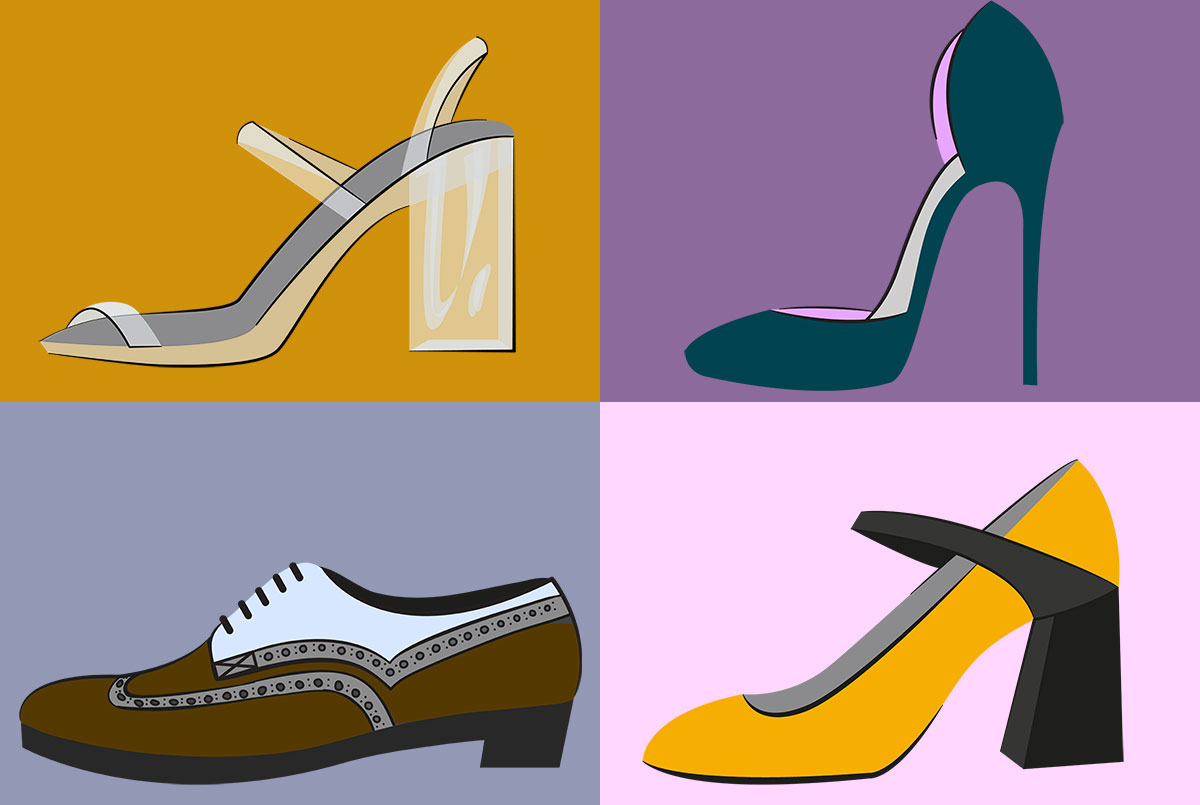
If you’ve ever wondered exactly how many types of heels there are, this article breaks down everything you need to know about this specific sub-category of women’s footwear.
High Heel Types: Contents
- Heel Heights
- Heel Materials
- Heel Widths
- Heel Shapes
- Wedges
- Heeled Boots
- High Heel Styles
- Ankle Accents
- How to Choose the Right High Heels for You
The Main Types of Heels
So, exactly how many different styles are there? Depending on who you ask, there can be anywhere from 30 to almost 50 different types of heels. If that sounds dizzying, part of the large volume of heels is because high heels are further divided by toe shape, ankle accents, heel width and shape, and heel height. Don’t believe us? Keep reading, and you’ll see what we mean.
Heel Heights
Even if you typically picture high heels as sky high, you have some options. Heels can come in a variety of heights, from barely an inch off the floor to five inches and taller. As you shop for heels, these are the main height categories you’ll find.
Kitten Heels
Depending on who you talk to, kitten heels are either a must-do or a never-do. This heel is a great option for people who aren’t confident or comfortable rocking a more traditional heel height. Because of their lower height that usually tops out at an inch to an inch and a half, they can also be ideal for taller women who like the look of a high heel shoe but feel that a taller height is unnecessary.

Medium Heels
This type of heel is ideal for people who want height but aren’t interested in a very high or platform high heel shoe. Medium heels are usually between two to four inches and are manageable and appropriate for pretty much any occasion, from the office to a girl’s night out.
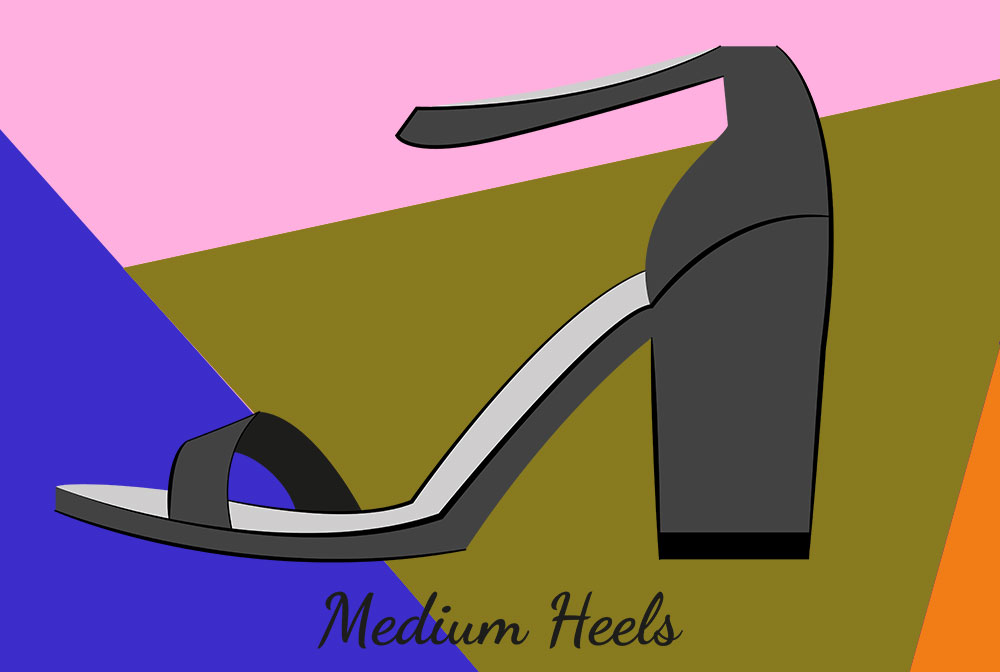
High Heels
The classic high heel that most of us think of is usually no shorter than four inches tall. You’ll usually find high heels in pumps, sandals, slingbacks, and stiletto styles. This is a great heel that’s perfect for any fashionista and is also appropriate for most professional and casual settings.
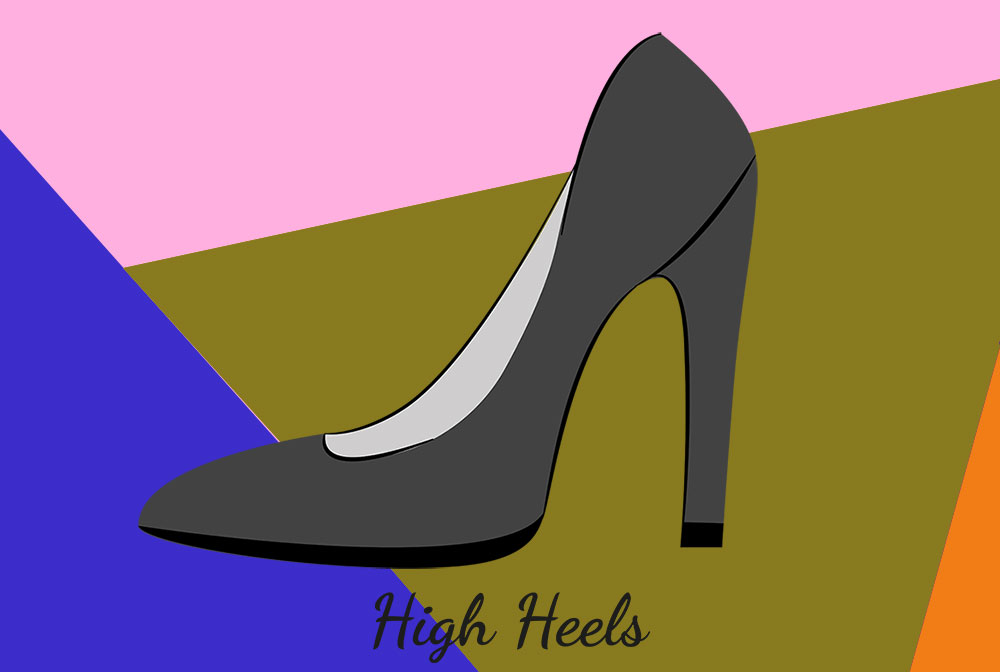
Very High Heels
If you’re looking to dress to impress, this type of high heel is going to turn heads. A very high heel is often also called a platform heel because, to achieve an impossibly tall heel, a platform that may range from one to three inches is added to the front of the shoe.
In addition to creating a taller effect, that added platform makes the shoe more wearable and doesn’t force the foot into an unnatural or uncomfortable arch. But because they tend to be more dramatic, this type of heel is best left for nights on the town or date nights.
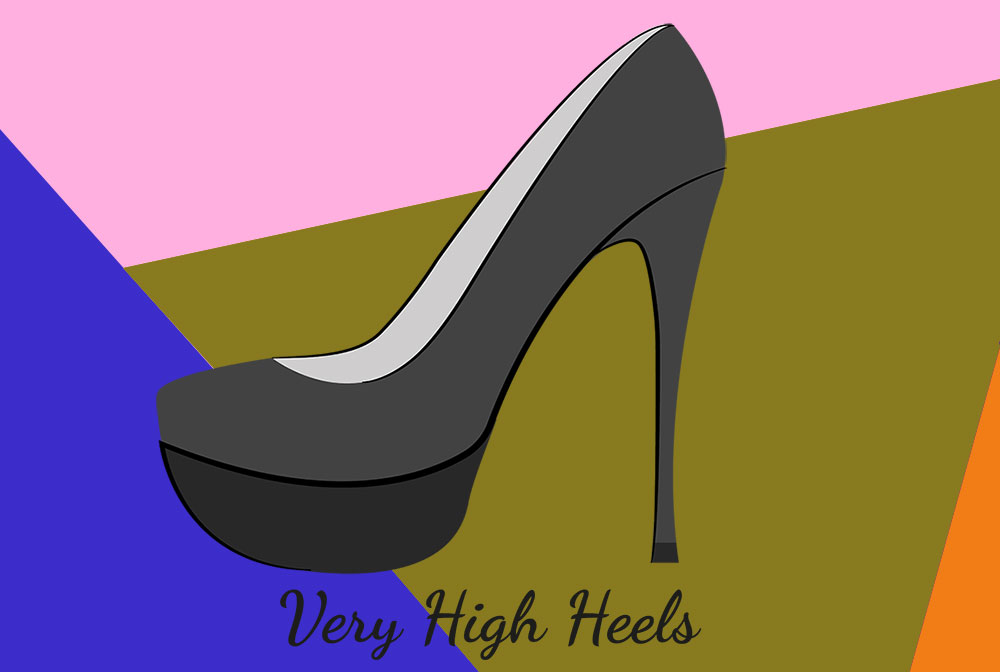
Heel Materials
Shoes can be made from a wide variety of materials. This means that if you have ethical concerns against natural raw goods like leather, you can easily find an alternative. Here are some of the common materials used to make most types of heels.
Cork
Cork is a naturally occurring wood, which most people are familiar with from wine corks. The material is best known for being low-density and incredibly lightweight. Cork is a popular choice for platform heels because they don’t add weight to the overall shoe design.
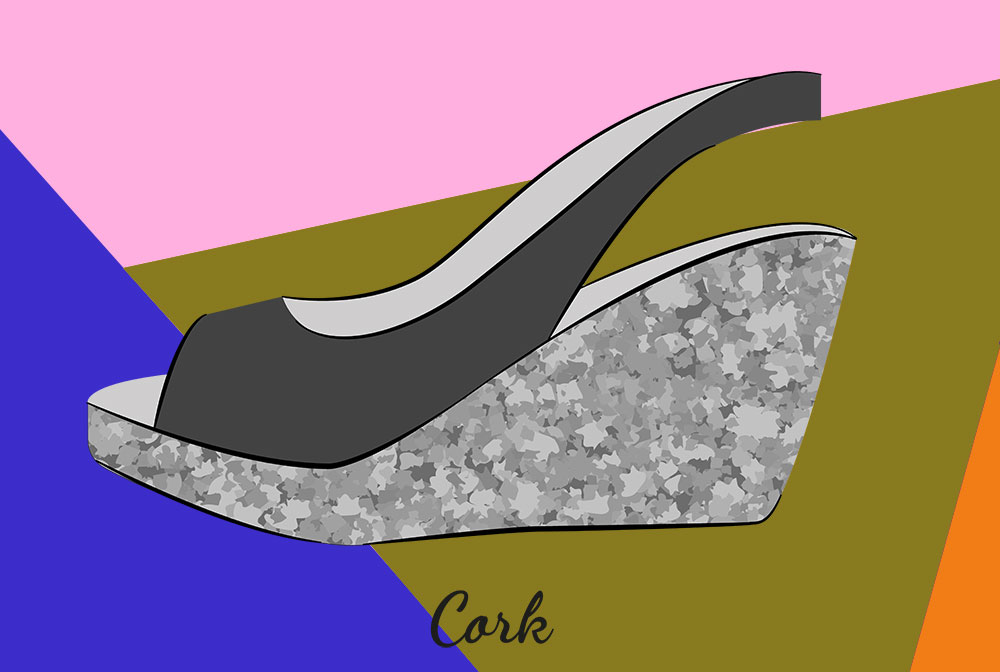
Leather
Hands down, leather is probably one of the most enduring materials for all types of heels. Footwear designers opt for it because it’s known to last and can even wear well, making it a great option if you’re shopping for vintage shoes.
The most common leathers used to make high heel shoes include Moroccan leather, patent leather, Italian leather, suede, and pigskin. While prices can vary, shoes with leather insoles are often considered superior because of the added comfort.

Plastic
Whether you’re shopping on a budget or because you prefer a man-made alternative to leather, plastic is a great solution. Common versions of plastic include PVC, polypropylene, and polyethylene. Plastic is also a great option if you’re looking for clear or see-through types of heels.
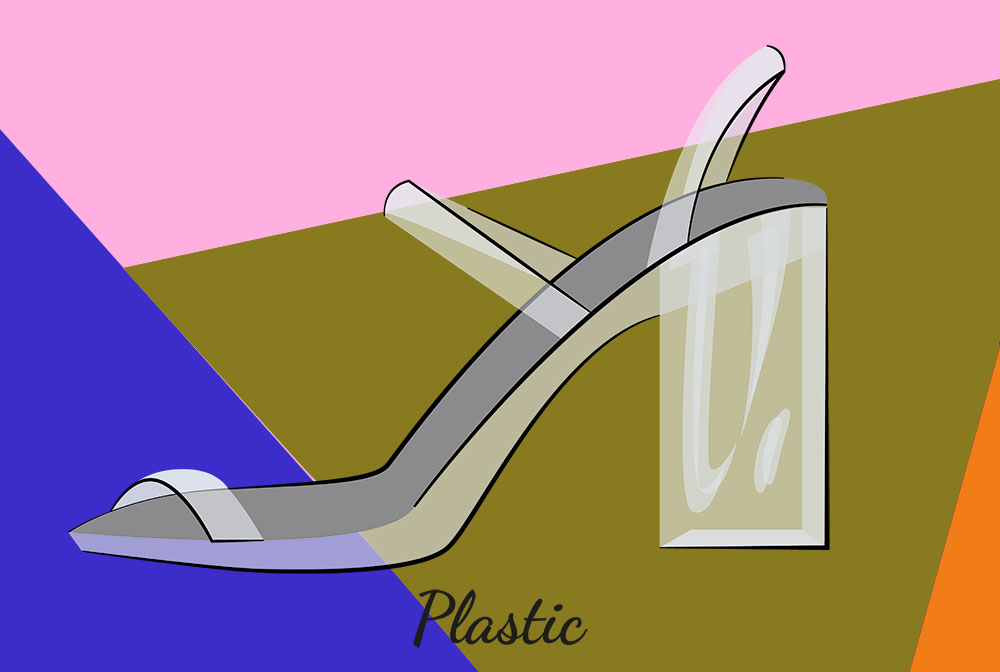
Polyurethane
If you like leather but not its impact on furry friends, polyurethane (PU) is a great artificial leather substitute that’s incredibly durable. It’s a fan favorite for vegan types of high heels and is also a wallet-friendly alternative.

Thermoplastic Rubber
For people focused on the environment, thermoplastic rubber (TPR) is a great man-made alternative that’s made from recycled materials. Many people like that this material is very comfortable, which makes it ideal for long periods of wear.

Wood Heels
Wood is a popular choice for all types of heels but is probably most recognizable in stacked heels where the wood layers are on display. People will like that while wood is incredibly durable, it’s also lightweight and offers solid structural support so that you can walk with confidence.
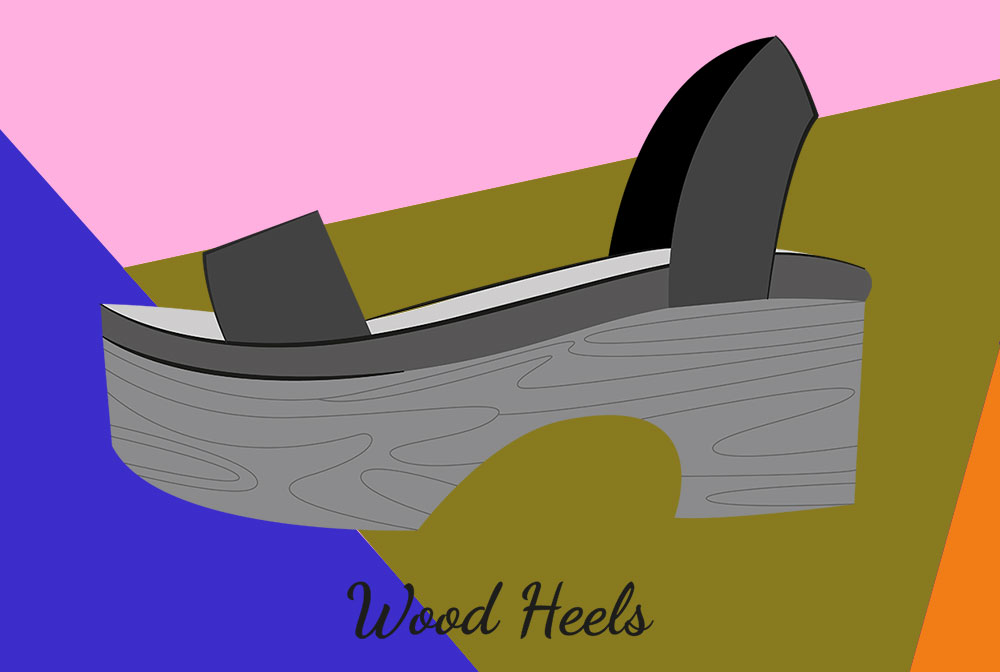
Heel Widths
A great trick if you like the idea of a high heel but are concerned about walking in it is to find a wider heel. This gives your foot – and ankle especially – more stability and can make even a very high heel more wearable.
The Stiletto
If your goal is to create a dramatic effect whether you’re walking in or out of a room, a stiletto is the type of heel that will get you noticed. This incredibly thin heel is usually seen on high heels and should be left to experienced wearers, as the head-turning heel requires balance and confidence.
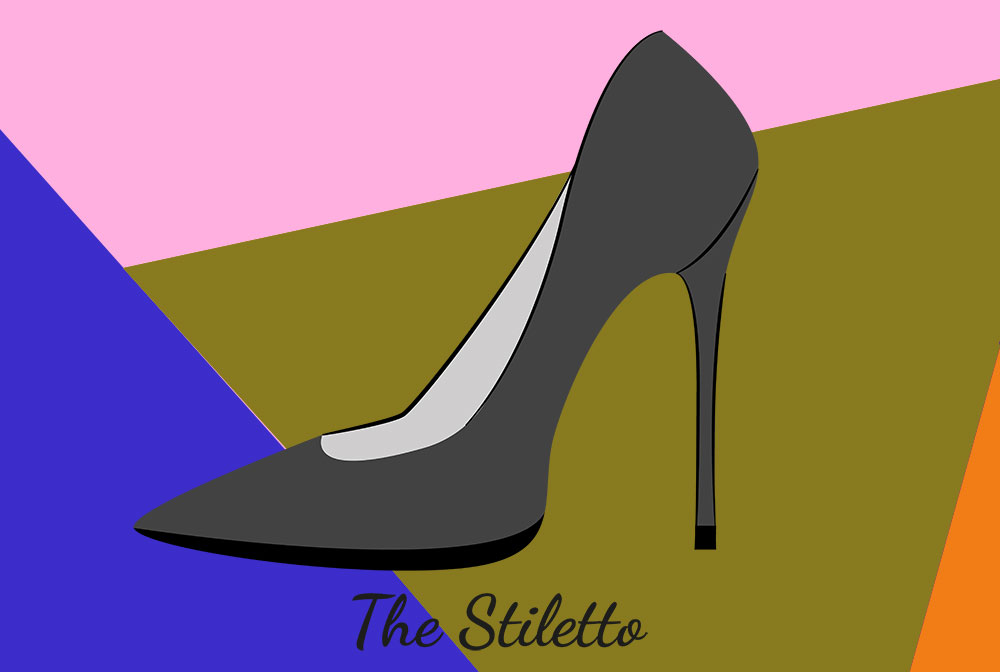
Slim Heels
While somewhat similar to a stiletto, this type of heel is slightly wider and might be a better choice for the person who’s ready to graduate from wider heels to something more in line with what most of us picture when we see high heels.

The Classic Pump
The pump heel is one of the timeless options that are always going to be in style. While it still has a somewhat narrow heel, it’s twice as wide as a slim heel, which gives you more control. Style experts recommend that every wardrobe have several pumps on hand, as these shoes can be dressed up or down and are perfect for the office or casual settings.
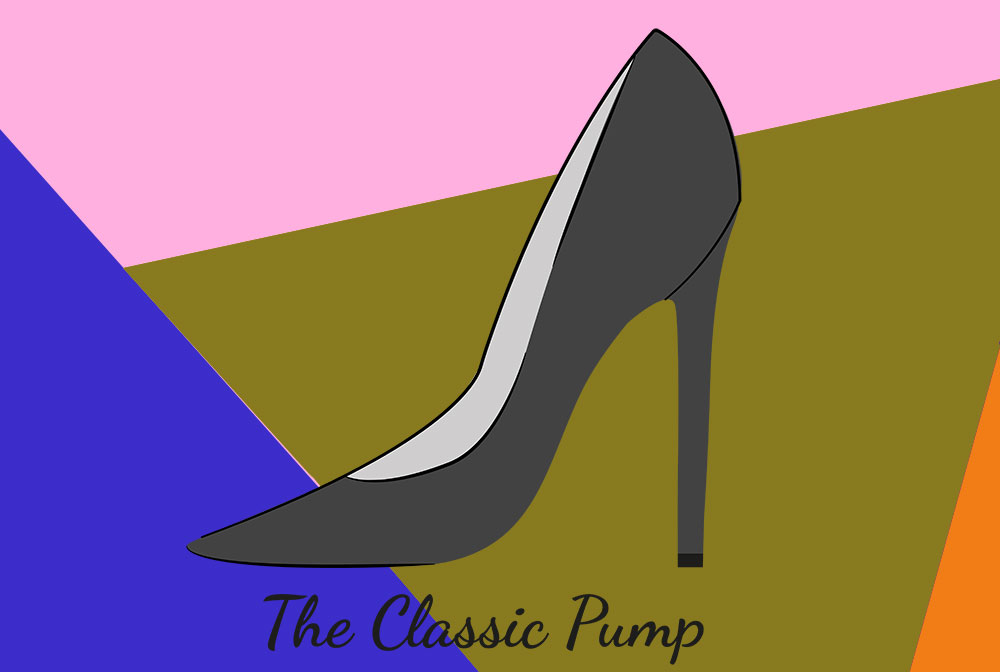
Cuban Heels
Cuban heels are most often seen when you want to convert a shoe from a style associated with a flat heel (less than a half-inch) to something with a heel. The heel is usually stacked or thicker, which gives you a better foundation with more even weight distribution.
You’re most likely to see this heel type on oxfords, booties, loafers, or other close-toed shoes. Cuban heels can also come in thick styles and tend to be popular on booties, ankle boots, and full-length boot styles.
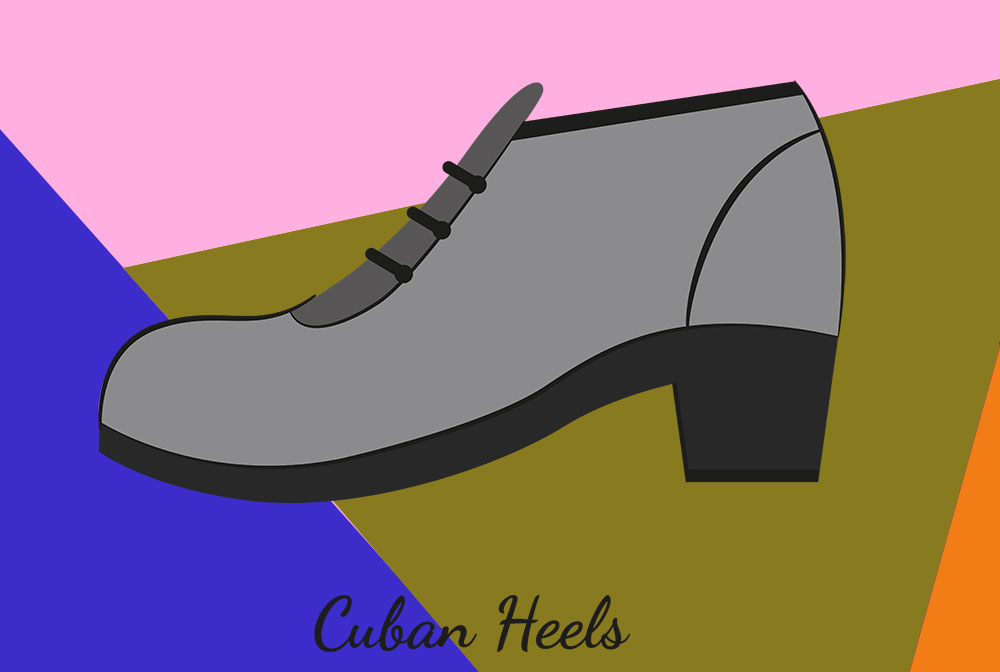
Block Heels
If you love the look of heels but find most heel types uncomfortable to wear, the block heel should be your go-to. Unlike stilettos and slim heels that are incredibly narrow, the block heel is significantly wider.
Because of this, your weight is better distributed, and you may find that you experience less pressure in the front of your foot as a result. As a result, this type of high heel is ideal if you have to stand for long periods. Variations of the block heel include the square heel.
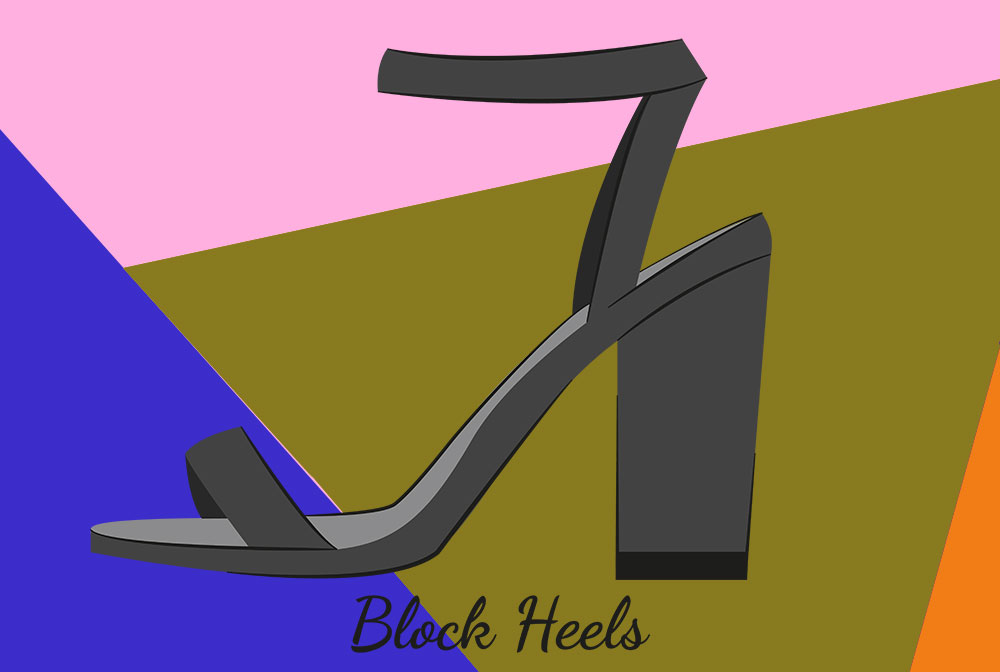
The Flare Heel
This is a dramatic heel that probably has you thinking about the 1970s Disco era. As the name suggests, this type of heel flares out from the base of the shoe and finishes with a wider measurement at the sole. While the flare heel has gone in and out of fashion since it debuted in the ‘70s, it’s definitely meant to make a statement.
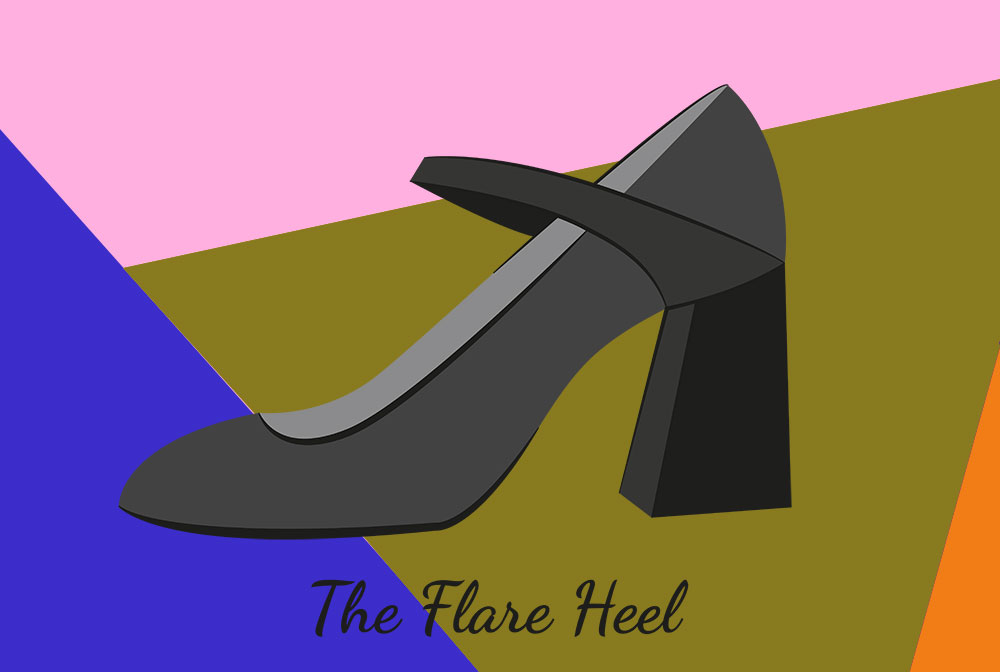
Platforms
Platforms are a type of heel that can serve as a cheat if you find traditional heel styles too uncomfortable to wear. Depending on your preference, you can find more defined platform heels or models where the entire footbed is raised uniformly from front to back – known as a flatform heel.
The advantage of a flatform is that as long as you don’t drag your feet, you can easily walk in them, rather than trying to maintain your balance as you would in a traditional type of heel.
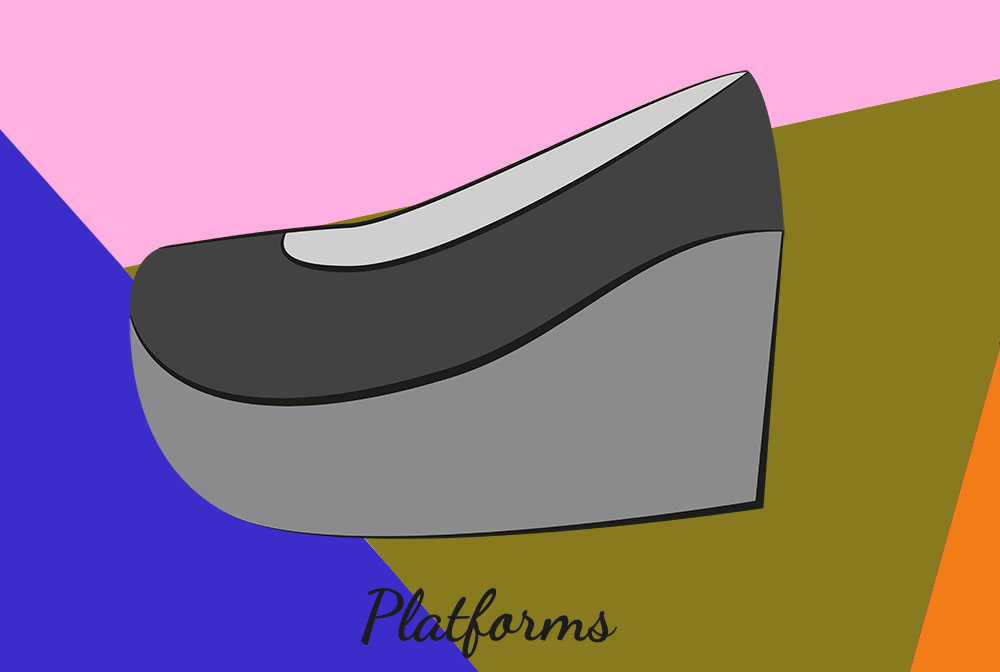
Stacked Heels
If you like the actual heel of your shoe to have a bit more oomph, stacked heels are a good choice. This type of heel gets its name from the fact that when you look at the heel, it looks as if it was made by “stacking” layers of wood on top of each other.
Normally stacked heels tend to be chunkier and are more likely to be in a block or platform style. But it is possible to occasionally find a cone or pump heel created in the stacked style.

Heel Shapes
Now you know about heel heights and widths, but what about the different types of heel shapes? From simple and straightforward to highly stylized, the choices are endless.
Comma Heels
A comma heel is the type of high heel that’s designed to make a statement. Just as the name implies, this is a curved heel, although the height can vary from kitten to very high. The highly stylized nature of these heels tends to make them better suited for a special occasion, but from time to time, you can find a pair that could work for the office too.
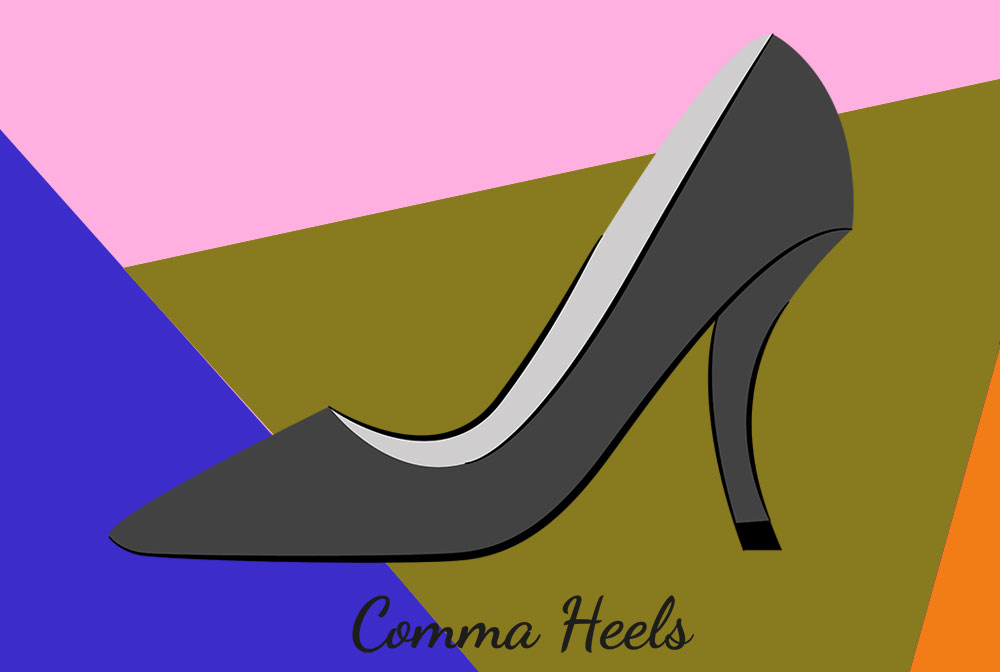
Cone Heels
Cone heels are perfect for any occasion. This type of heel usually has a thicker base, which narrows into a smaller tip. Most style experts agree that this is a timeless style and that it’s another type of high heel that’s more wearable when the heel is kept lower.
The wider base gives you more stability, so you can walk with confidence. To keep them wearable, avoid a cone heel that’s more than three inches.
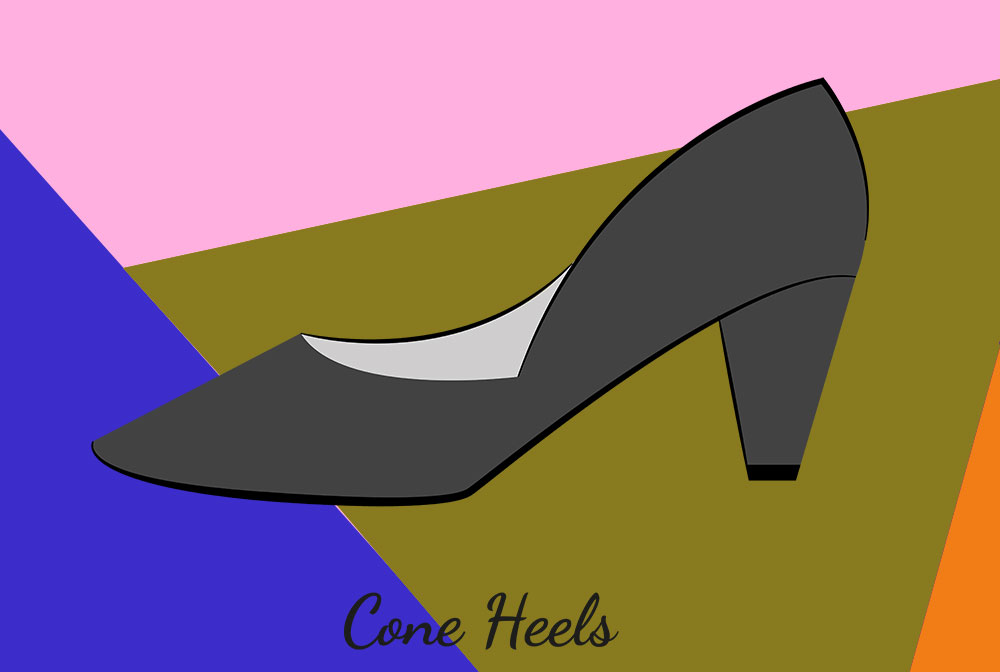
Decorative Heels
Fashionistas who want every part of their outfit to make a statement will appreciate decorative heels. This type of heel usually features a design element on the heel of the shoe. In some cases, this can be crystal embellishments or even a floral element that can help to complement an outfit.
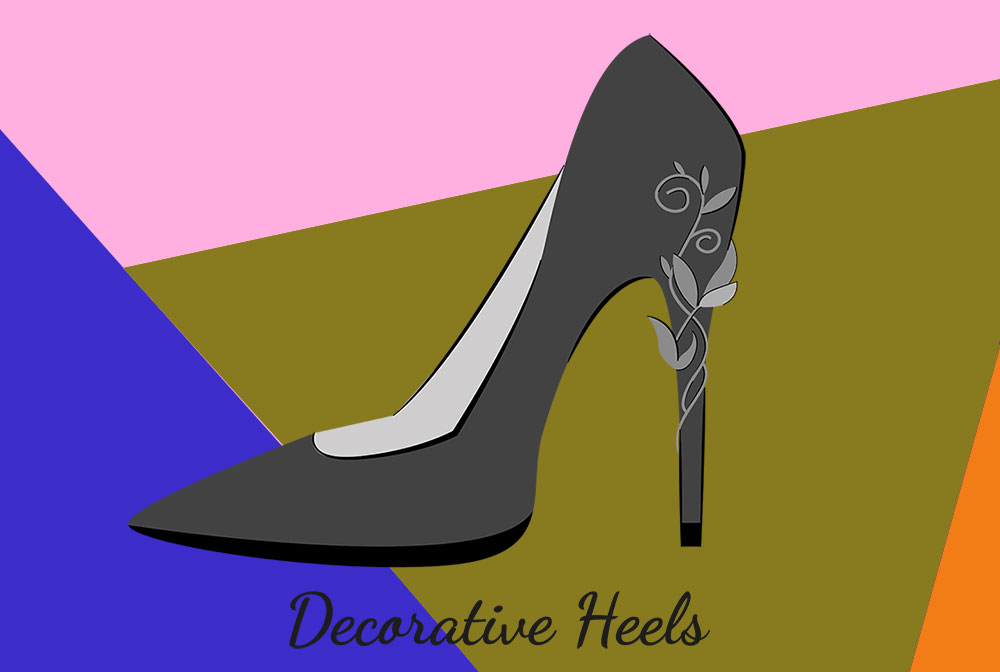
French Heels
French heels are similar in height to kitten heels but can also be compared to flare heels. While flare heels are usually very wide with a sole of the heel significantly wider than the base, a French heel’s design is less pronounced and instead features a clear curve from the base to the end of the heel.
These types of heels have their origins in the days of King Louis XIV and were originally seen as a status symbol for all nobility, including men. Modern wearers will like that they give you more stability since they tend to be shorter.
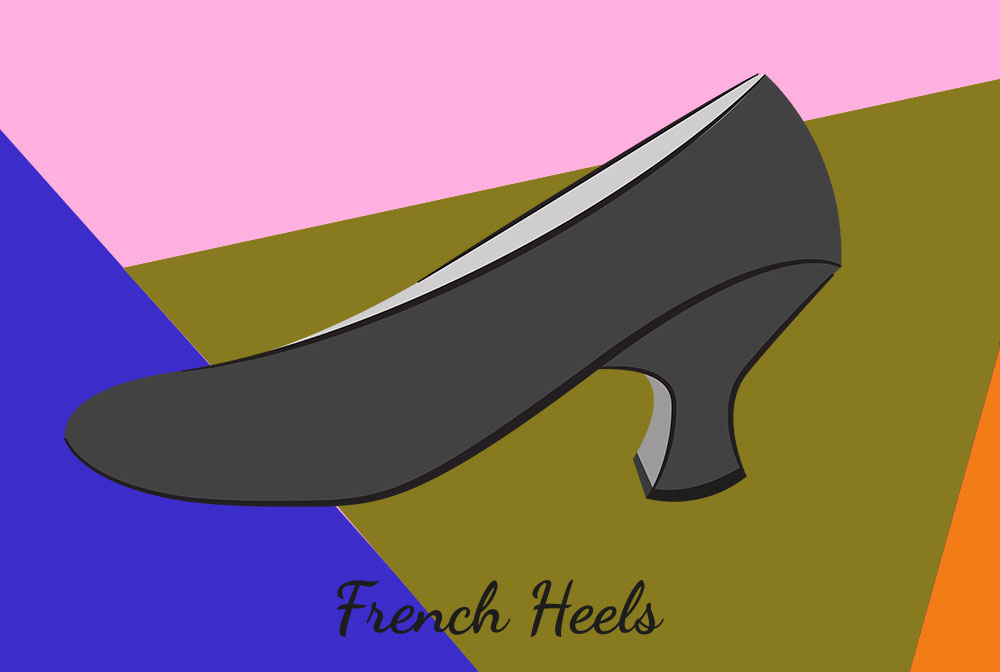
Spool Heels
If you feel think French heels are a little too short, you might like the spool heel. This is another heel that came about slightly later than the French heel during the Baroque and Rococo periods in Europe.
Whereas the French heel is normally never more than two inches, a spool heel can be much taller. But this type of heel still maintains the same curved aesthetic you see in a French heel.
You might be interested to learn that the heel got its name because it mimicked the look of a spool on a spinning machine. While the last popular period for this type of heel was in the 1950s, shorter versions of spool heels are considered very comfortable.
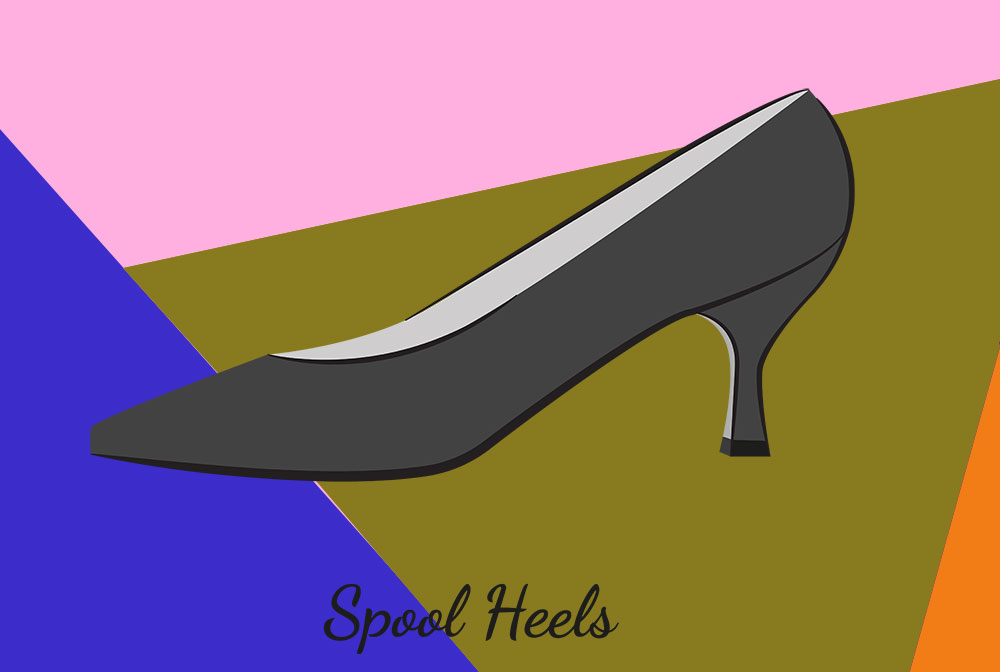
Wedges
Wedges are a type of heel that is considered very wearable. They can be a great solution for anyone who loves the idea of adding some height with heels but struggles with traditional options like pumps, stilettos, and slim heels because of balance or weight distribution.
Wedge Heels
Like we mentioned, wedges are hands down going to be easier for many people to walk in than the more traditional types of heels. Because the wedge sole is stacked and uniformly supports your heel, you can step more confidently and potentially wear them for longer than a traditional type of heel. Plus, if you’re focused on a height boost, wedge heels tend to be pretty tall.
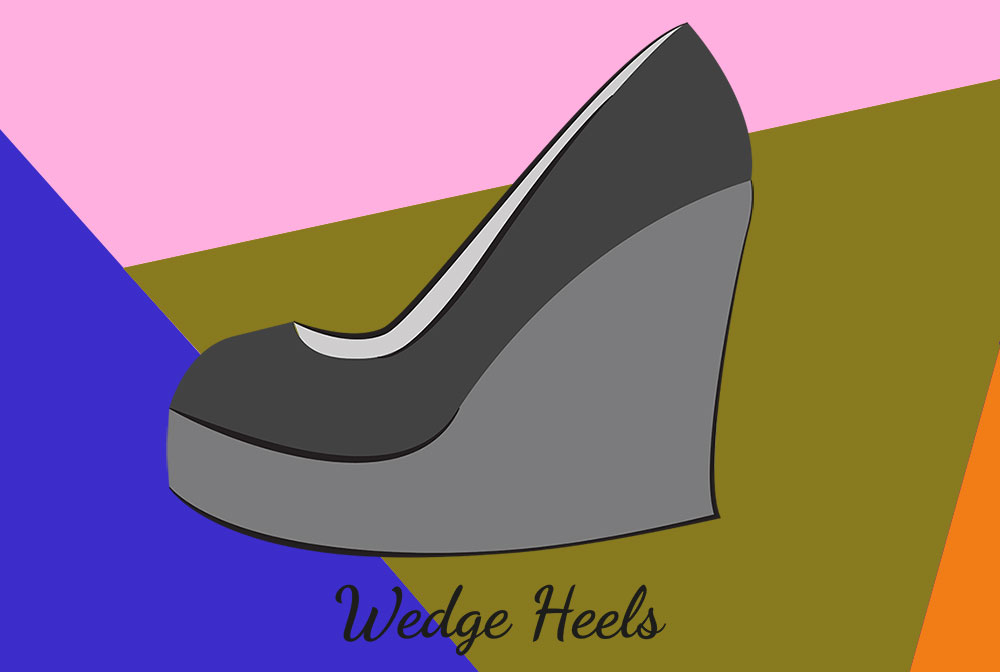
Wedge Sandals
Wedge sandals are the summer version of a wedge heel. While you still get the benefit of height and a more stable sole, your feet are mostly exposed except for strategic straps, usually at the toes and around the ankle area, to secure the shoe to your foot. Wedge sandals can be dressed up or down and are the perfect way to pull any spring or summer outfit together.

Espadrilles
While many people consider espadrilles to be a separate category, their full soles and stacked heels make them a wedge by a technicality. These Spanish-inspired shoes usually have a woven sole exterior that’s made from a type of rope or fiber, while the upper is made from canvas or cotton. Espadrilles can be a great way to pull together a casual or laid-back look and can easily be dressed up or down depending on your outfit.
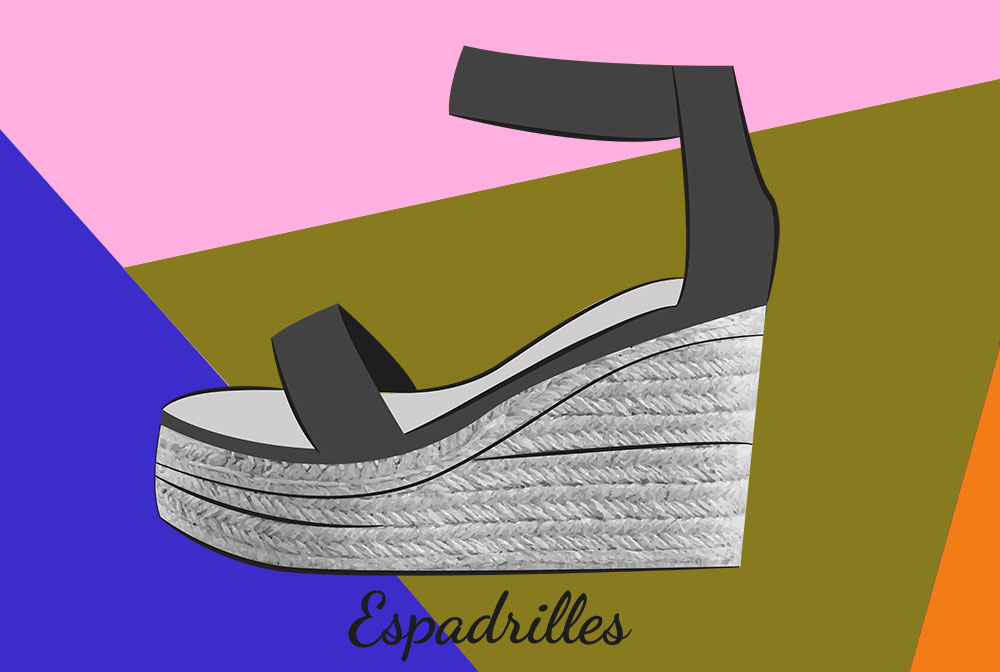
Heeled Boots
We can’t forget that boots also come in various heel styles. So, let’s take a quick look at the types of heels you can expect to see the next time you go boot shopping.
Ankle Booties
Ankle booties are especially popular these days since they can transcend seasons. Whereas you might feel a little weird wearing a knee-high boot in the middle of the summer, an ankle boot can be a fun play on traditional fashion pairings, depending on the rest of your outfit.
Ankle boots can come with many different types of heels, from stilettos to Cuban, block, and even decorative heels. If you can think of it, someone’s made it.
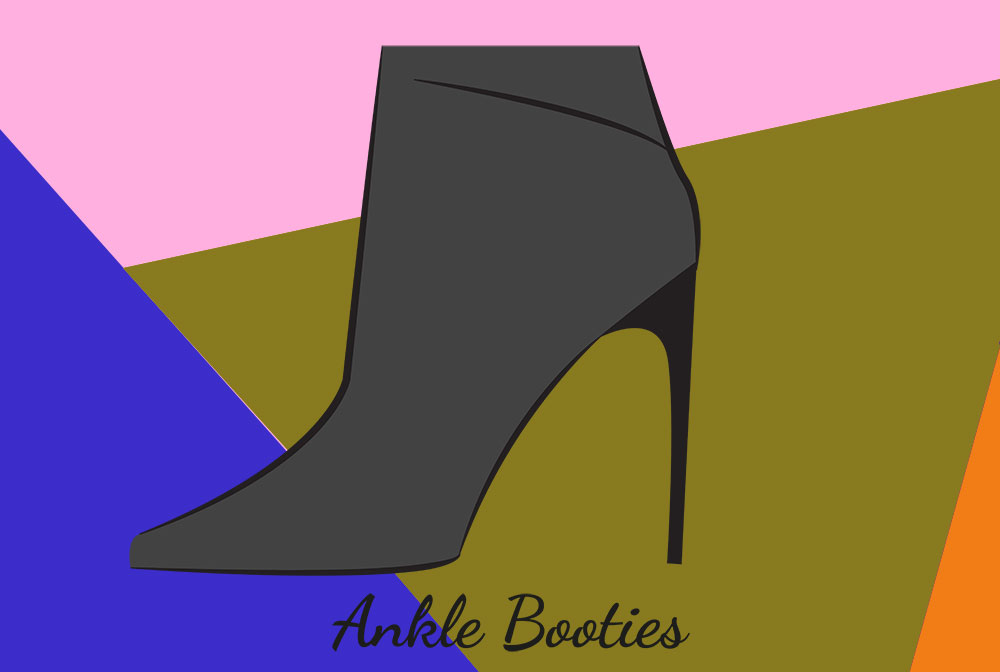
Knee-High and Over-the-Knee Boots
Both of these boots are often paired with heels for a dramatic effect. Knee-high boots with high heels can be worn in a variety of settings, including professional ones, depending on your office dress code. In contrast, over-the-knee high-heeled boots are often considered more fashion-forward and are usually better for non-professional settings.
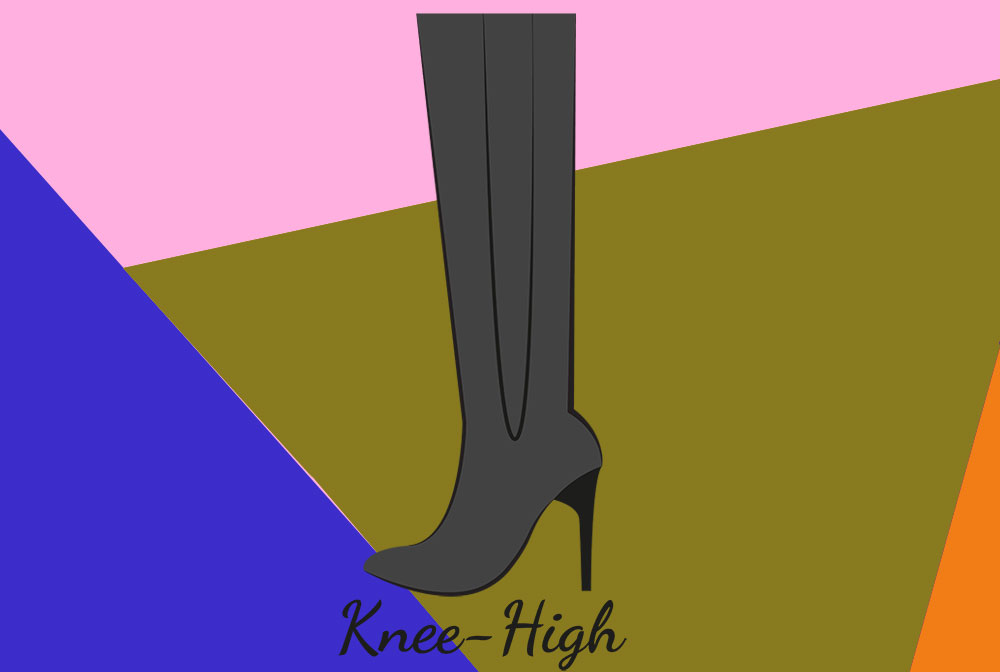
High Heel Styles
For the most part, you can put heels on any kind of footwear, it’s just a matter of design. But there are some styles that you’re most likely to see paired with heels. Keep these styles in mind the next time you head to your favorite shoe store.
Slingbacks
Slingbacks are a type of heel that’s stylized by an open heel design in the body of the shoe. Instead of an ankle strap, the strap is positioned behind your heel and holds the shoe snug against your foot.
Slingbacks can be close-toed or open-toed and can be paired with all types of heel styles. But they’re considered ideal for creating the illusion of longer legs by creating an unobstructed view of your feet.
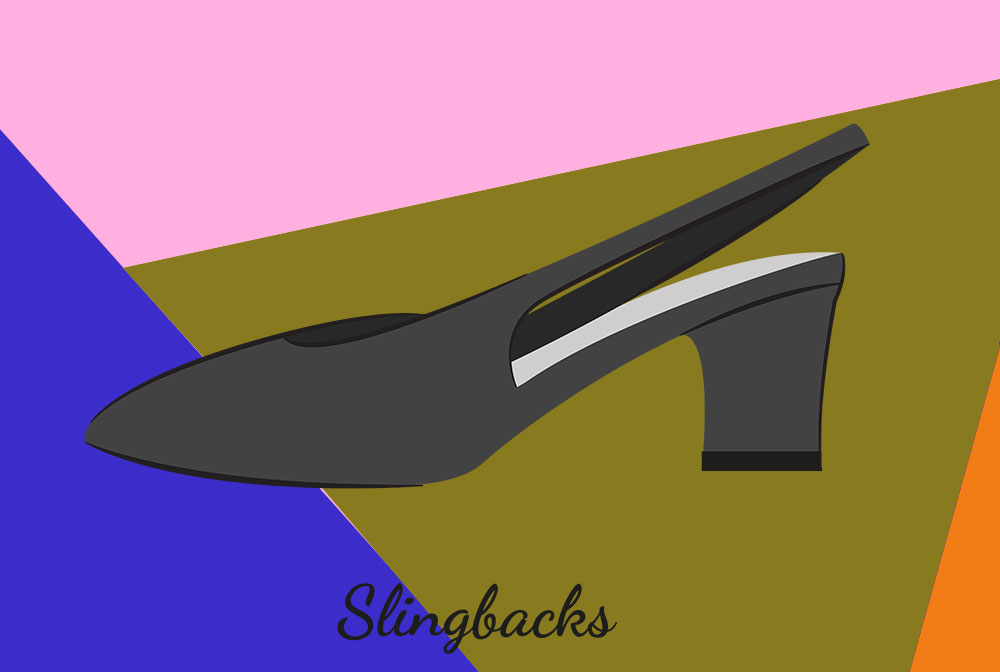
Peep-Toe Heels
As the name implies, peep-toe heels have an opening in the front. Some peep toes are petite, while others have much larger openings. As with slingbacks, peep-toe styles can work with all types of heels and can even be paired with booties.
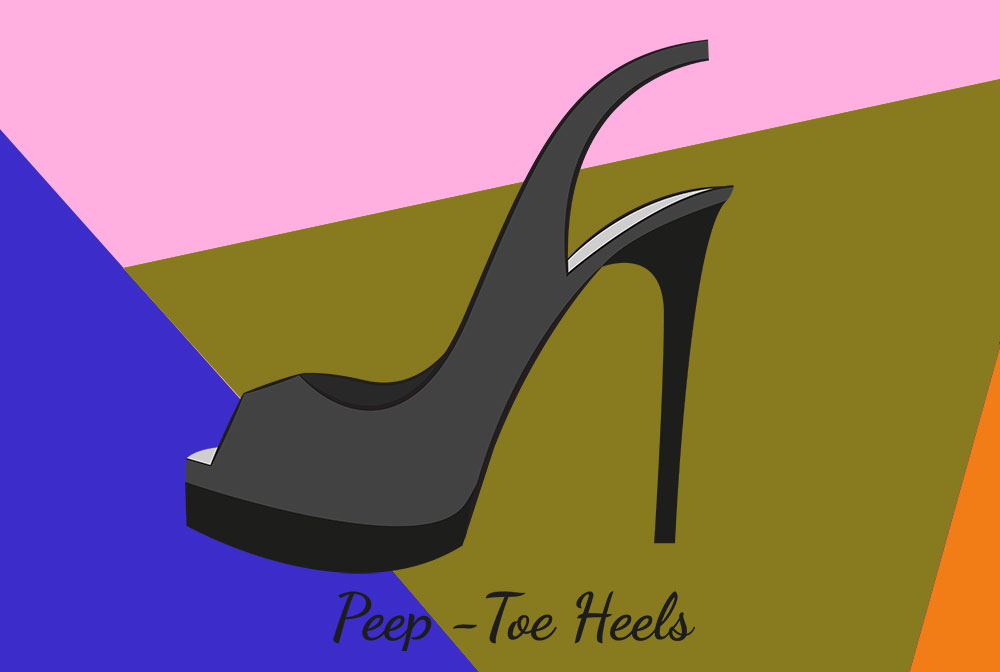
Mules
Mules are shoes that lack a heel in the upper portion of the shoe design. They can be close-toed or peep-toe styles and can also be as low as a kitten heel to as high as a stiletto. These shoes were especially popular in the ‘90s and are experiencing a bit of a resurgence.

Cutout Heels
If you want to bring the drama with your footwear, cutout heels are the way to go. These heels usually feature a design where you can see your feet throughout the body of the shoe. And as with other shoe styles, these can work with many different types of heels.
Cutout heels are ideal for making a statement or relying on accessories to do the fashionable heavy lifting if you’re wearing a more understated outfit.

High Heel Sandals
High heel sandals are a straightforward type of heel where an open-toed upper is paired with a heel of some type. These types of heels are normally high heels, stiletto, and very thin heels, but could also be paired with stacked, block, and other types of heels. The high heel sandal is great for a variety of occasions but especially when you want to make a head-turning impression, such as on a date night.
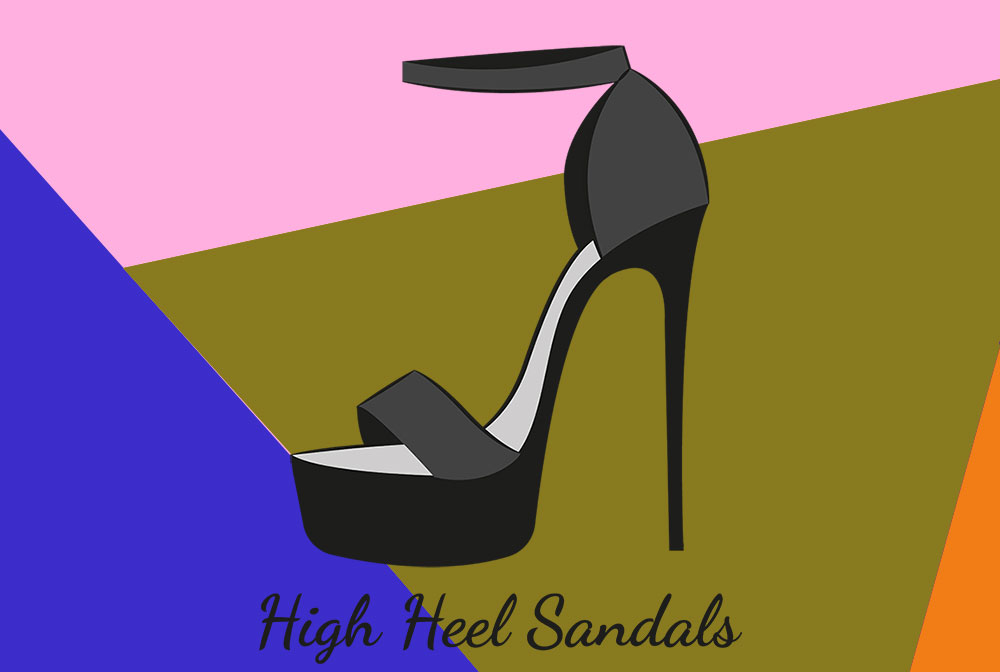
Oxfords
Normally considered a flat shoe, thanks to the Cuban heel, oxfords are another type of high heel option. These are great options for professional settings or if you want to wear heels but might be standing for long periods because of their lower heel height.

T-Strap Heels
For people that love strappy heels with plenty of drama, the T-strap is a must-have. To qualify as a T-strap, the heel must at least have two straps – one around the ankle and another running up the middle of the top of the foot that connects the toe box to the ankle strap. These days, T-strap heels are considered a classic and can also be found in many variations, including studded, patent leather, and everything in between.
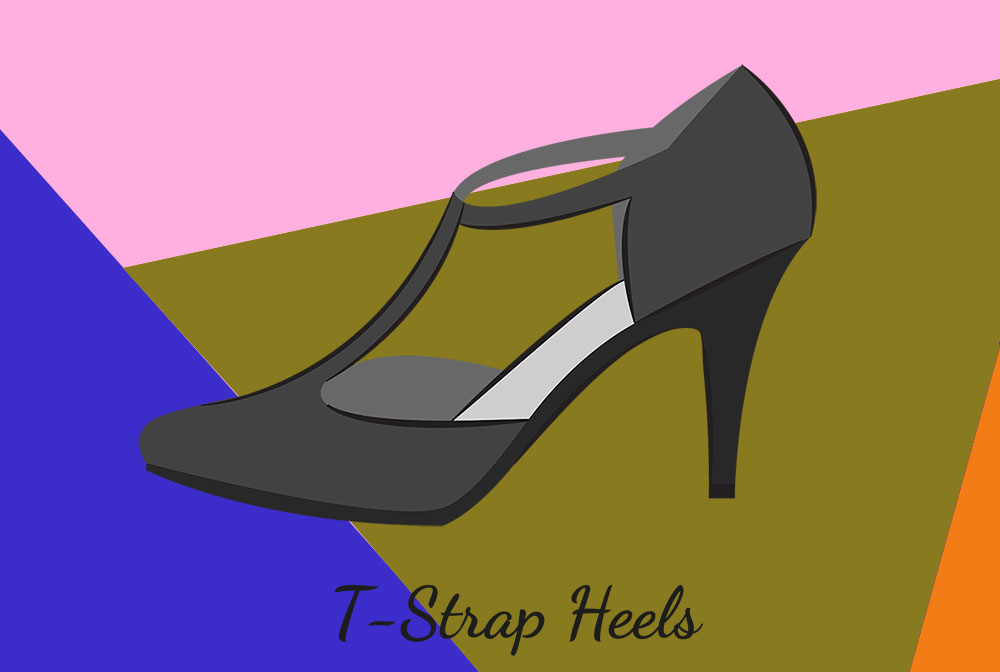
Ankle Accents
Another way to make a great pair of heels stand out is with the ankles. Some shoes rely on ankle straps, which give footwear designers another place to be creative.
Ankle Straps
In addition to being pretty and serving as a design element, ankle straps can also serve a utilitarian purpose. They help to keep your shoes securely on your feet and can help to provide more stability when you’re wearing taller types of heels like stilettos and high heels.
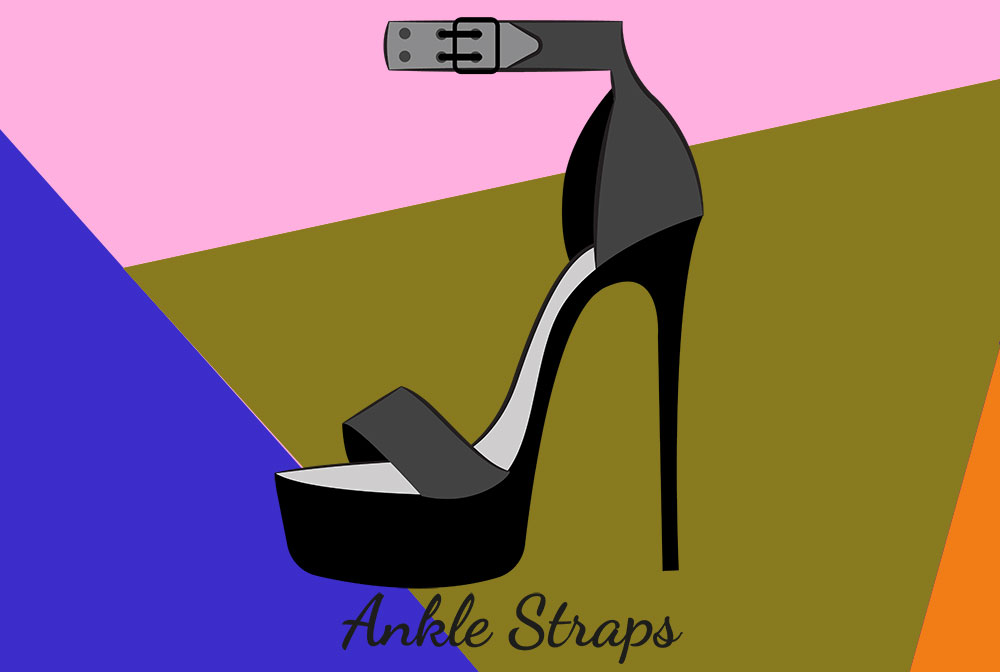
Tie-Back/ Lace-up Heels
This is another design element that helps to keep your shoes securely in place. While tie-backs are usually associated with more feminine elements, the lace-up is typically seen with gladiator-style shoes for an edgier vibe. Both styles can be paired with all types of heels and can be perfect for non-professional scenes like a night out on the town.
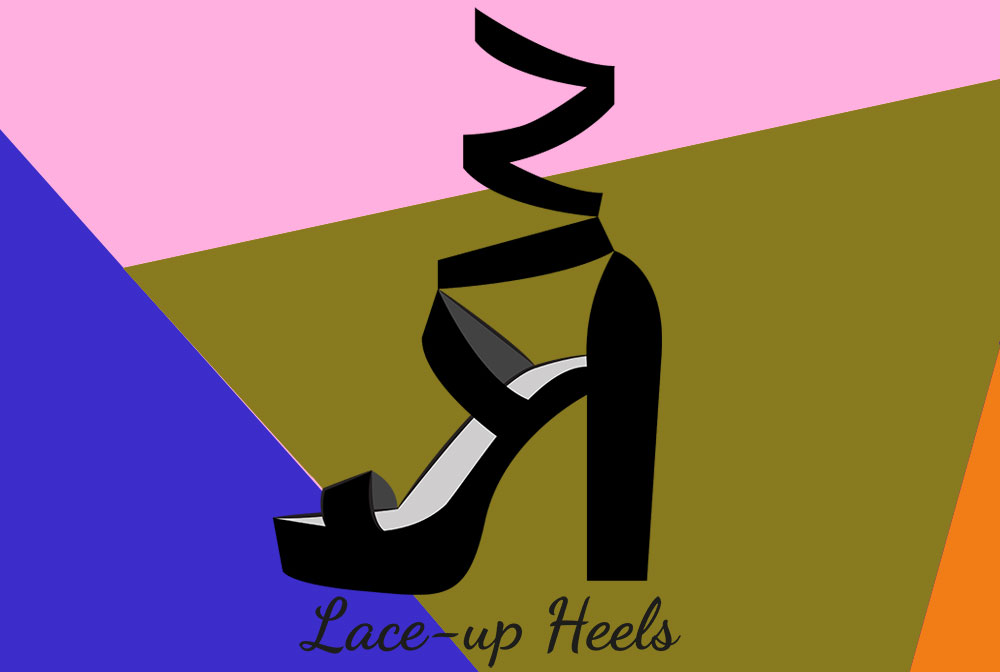
How to Choose the Right High Heels for You
Shopping for shoes is fun, but with all the different types of high heels available, it’s important to keep a few factors in mind. Most importantly, you want to make sure that the shoe you select is something that’s wearable. But, how do you go about doing that?
Consider How and When You’ll Be Wearing Them
Some types of high heels are designed to be show-stoppers. But that doesn’t mean that the designer created them with the idea that you would be standing in them for hours or walking all around town in them.
So, start by thinking about the scenarios where you’re most likely to wear them. In other words, if you work on your feet all day, a pair of very high heels with a five-inch heel isn’t going to be very practical – even with the added platform.
Think About the Heel Height
If you’re trying to consider whether a shoe makes sense for you, think about the heel height. Most types of heels range from two to five inches, although at around four inches, most high heels have a built-in platform at the front.
For professional environments or if you have to be on your feet for long periods, two to three inches is going to be your best bet. In contrast, four inches or more are considered ideal for evening wear, girl’s night out events, and the like.
Choose Your Heel Width Based on Your Comfort Level with Heels
Along with picking the right height, consider how comfortable you are with walking in heels. Walking in heels requires balance and the ability to maintain your posture even as you move.
To walk properly in heels, you need to walk heel to toe. This means that you need to put your heel down first as you take each step and then plant it by positioning your toes.
If you can’t effectively do this in a super skinny pair of stiletto heels, then you should opt for a wider heel. If skinny heels aren’t your forte, stacked, Cuban, block, flare, and even platforms are all types of high heels that give you more stability.
Shop at the End of the Day
After a full day of work – regardless of whether you spent all day on your feet or at a desk – your feet are going to be bigger as opposed to if you go shopping at the beginning of the day. Shopping after work means that the shoes you pick are more likely to be comfortable even after you break them in.
Take Them for a Test Drive
Don’t buy shoes without trying them on first. Even though new shoes will fit differently than ones that you’ve had for a while, you can instantly tell if the arches are too high or if it pinches your toes in uncomfortable areas if you test them out first. If possible, test them out on carpet and hardwood surfaces to make sure that they’re truly comfortable.
Make Sure Your Toes Have Room
A big mistake is picking a pair of heels where your toes rub uncomfortably against the upper part of the shoe. If your toes rub against the shoe, you put yourself at risk of developing corns, bunions, hammertoes, and even arthritis.
To protect your toes, opt for almond and round-toed styles, which tend to offer more space in the toe box. But if you do pick a pointy-toed shoe, look for ones with a deeper toe box so that your toes aren’t pinched.
Don’t Forget to Break Them in
Especially if you’re buying heels for a special occasion or to wear on vacation, don’t wait until your event to wear them for the first time. Try to break them in by wearing them at home for a bit. Most stores will let you return shoes as long as you haven’t worn them out of the house, so take advantage of that to make sure they’re comfortable.
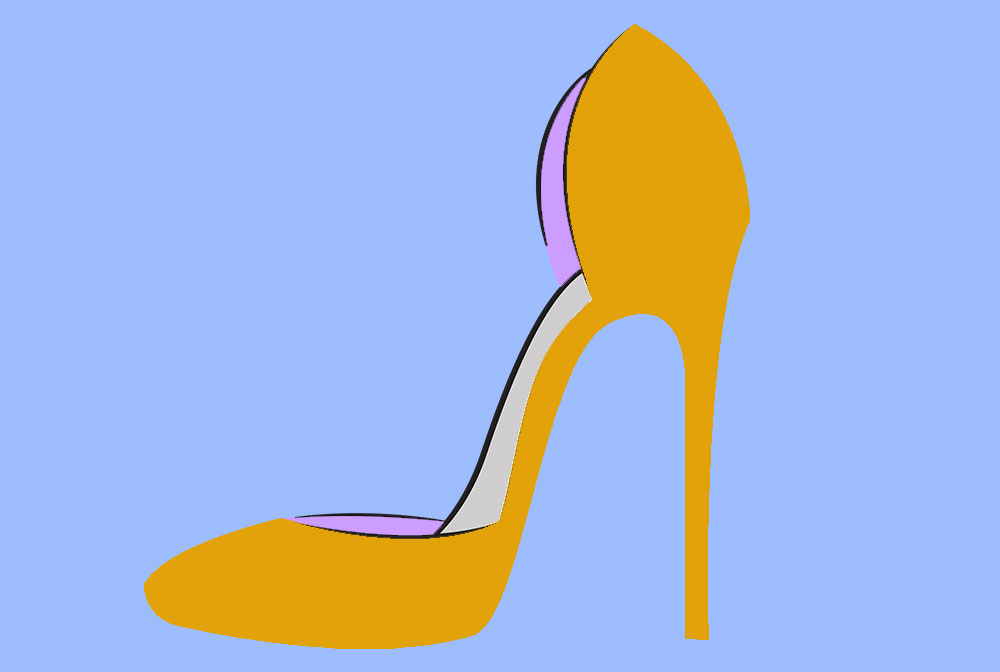
Prioritize Comfort
While comfortable high heels might feel like an oxymoron, there are things you can look for while shopping for heels to make sure that you’re getting the right shoes.
- If you’re not focused on vegan footwear, opt for natural leather and suede, as these offer more flexibility and better mold to the shape of your foot. Look for footwear that says leather or suede upper.
- Look for heels with built-in cushioning. But if there isn’t enough, buy supportive insole inserts to make the shoes more comfortable.
Check the Arch
This is true for all shoes but especially for very high heels. A shoe with an arch that’s too high might be difficult to walk in, making them unwearable. Avoid shoes that have sharply angled arches that rise immediately after the balls of the feet. These types of high heels don’t provide adequate support and force you to rest most of your weight on the balls of your feet and toes.
Style Tips
Once you’ve found heels that are comfortable, supportive, and that you can accurately walk in, it’s time to think about how they’ll complement your fashion sense and style.
Invest in Pumps
Every wardrobe should have a few pairs of pumps. They’re a timeless style that works well in professional and casual environments. Pick a nude hue that closely matches your skin tone, as well as a pair of black pumps.
Pick Flattering Styles for Your Body Type
- People with thicker ankles should avoid strappy heels, as these types of heels call attention to the ankles.
- Heavier individuals should opt for platforms or thicker heels like cone shapes to keep the look proportional.
- Slingbacks and traditional heels are best for elongating the legs, while T-straps can make legs look shorter.
Balance Your Shoes with Your Outfit
Bold statement shoes can end up clashing if you’re wearing a print-heavy ensemble. Instead, understated shoes are best for bold outfits, and bold shoes pair perfectly with simpler outfits.

